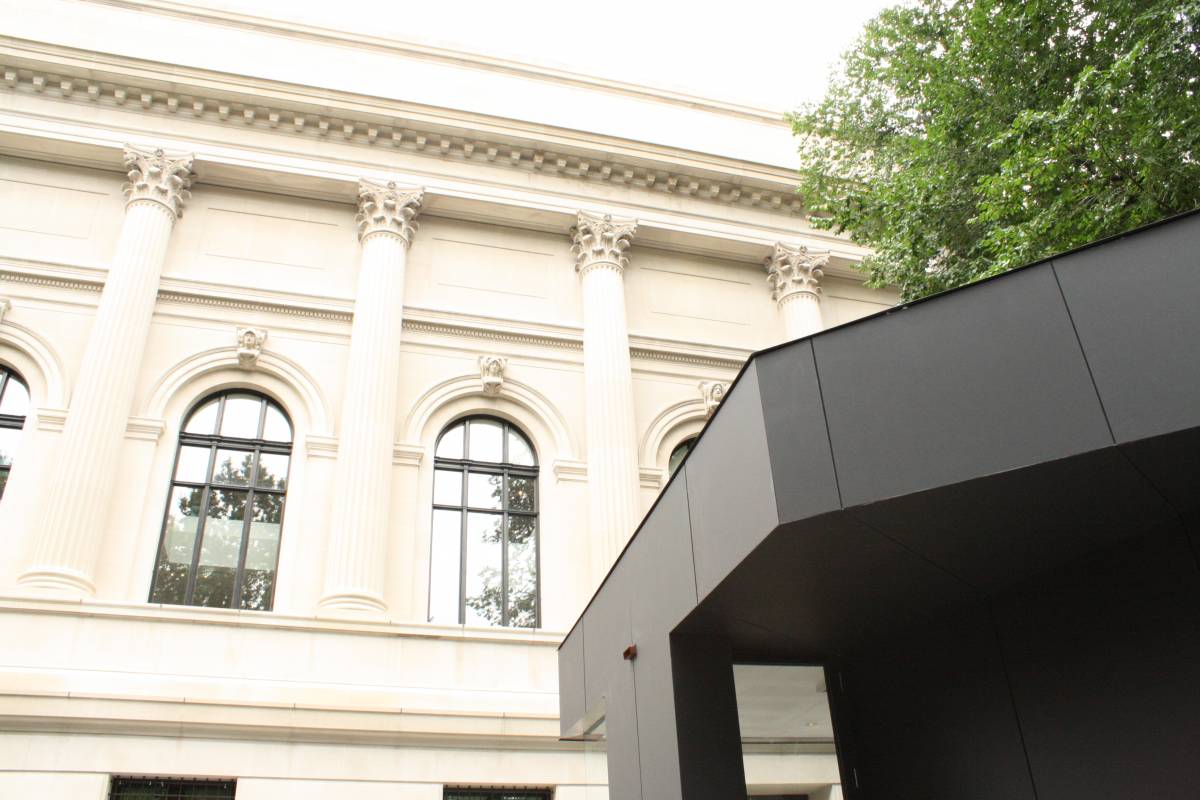performance and limitations
We are motivated by the limits and conditions we inherit with every new scenario. Constraints - economic, cultural, historical, physical, political - give us the resistance we need to hone our responses; finite boundaries provide welcome parameters in a territory often characterized by shifting rules.
In architectural terms, we seek a balance between formal emphasis and spatial introversion. We have found that a sparing approach, respectful of unique characteristics that are outside our control, regularly leads to incisive moments of power and drama in spatial and material resolution.
The same mentality carries through to technology. Our attitude towards energy use, for example, is to minimize consumption as a first priority and interpret the parameters this approach throws up as a series of spatial opportunities as the design develops. Peter Culley is fully trained in the Passive House initiative, the most stringent energy consumption auditing system in existence, that looks to site orientation and building envelope performance as a series of non-negotiable limiting factors. Find out more about Passive House principles.
Over and again we find that restraint generates an artful stage for exuberance and is our preferred method to negotiate the quirks and queries of imposed limits.
